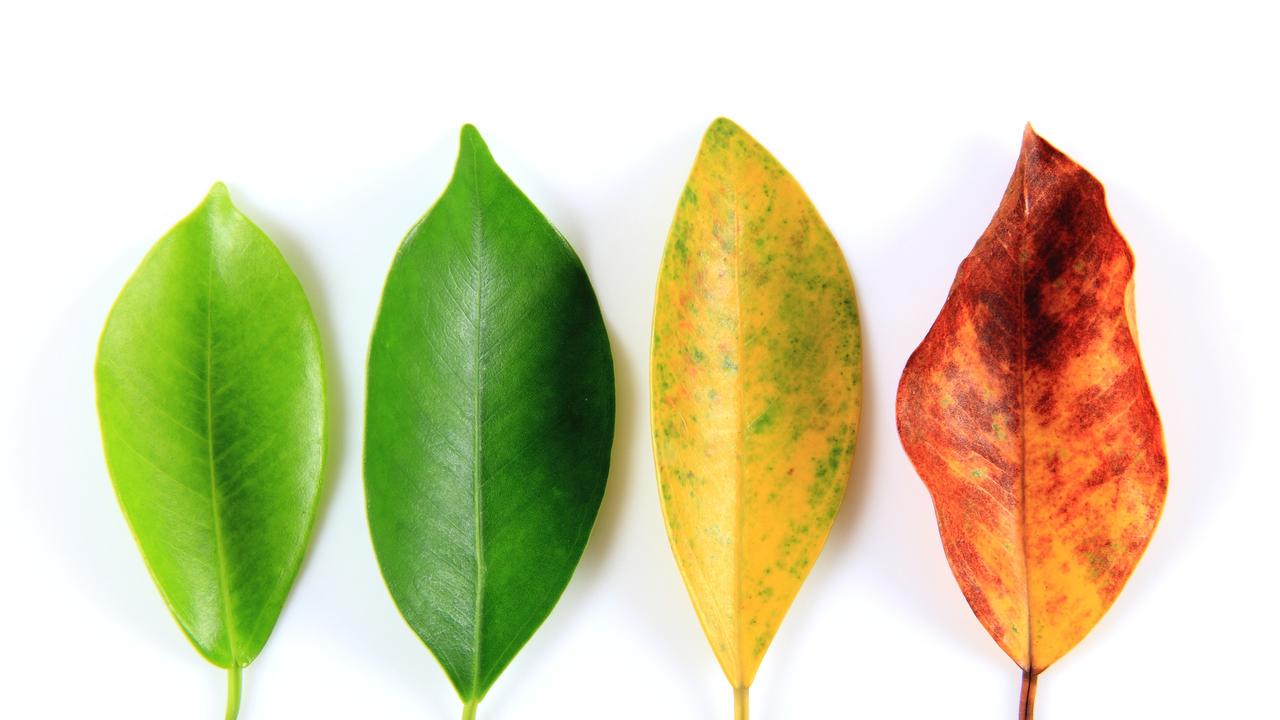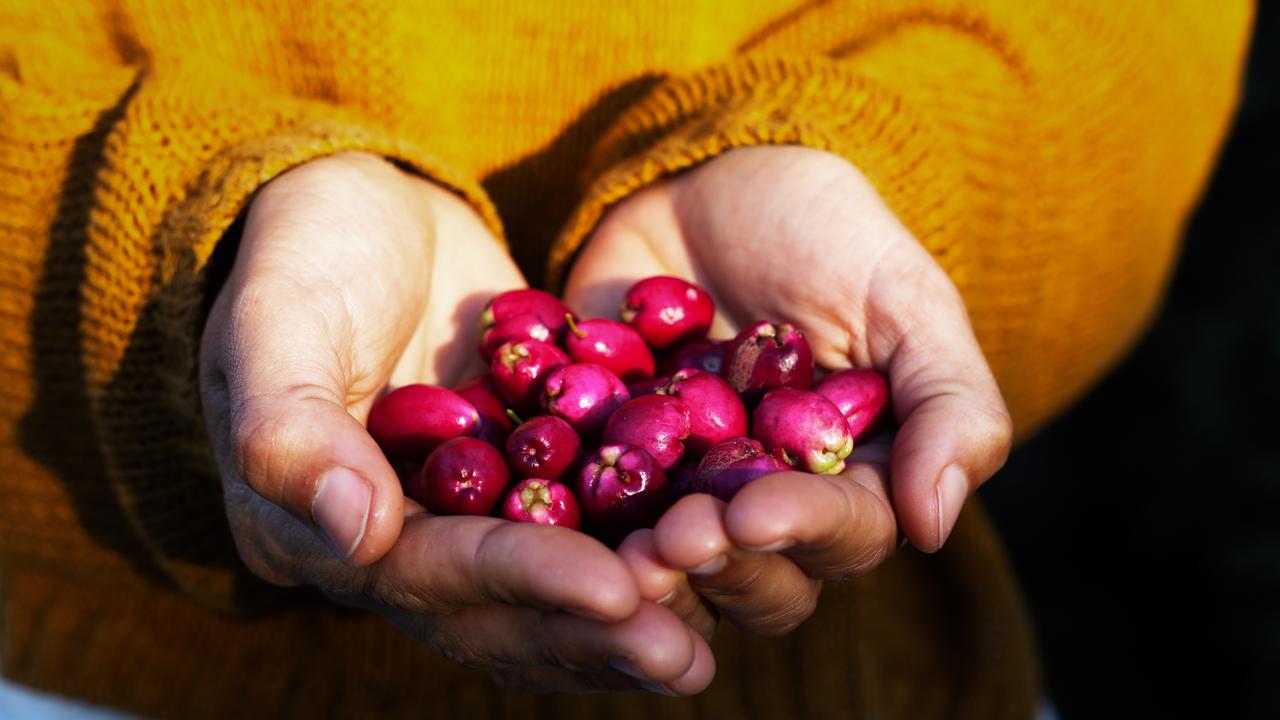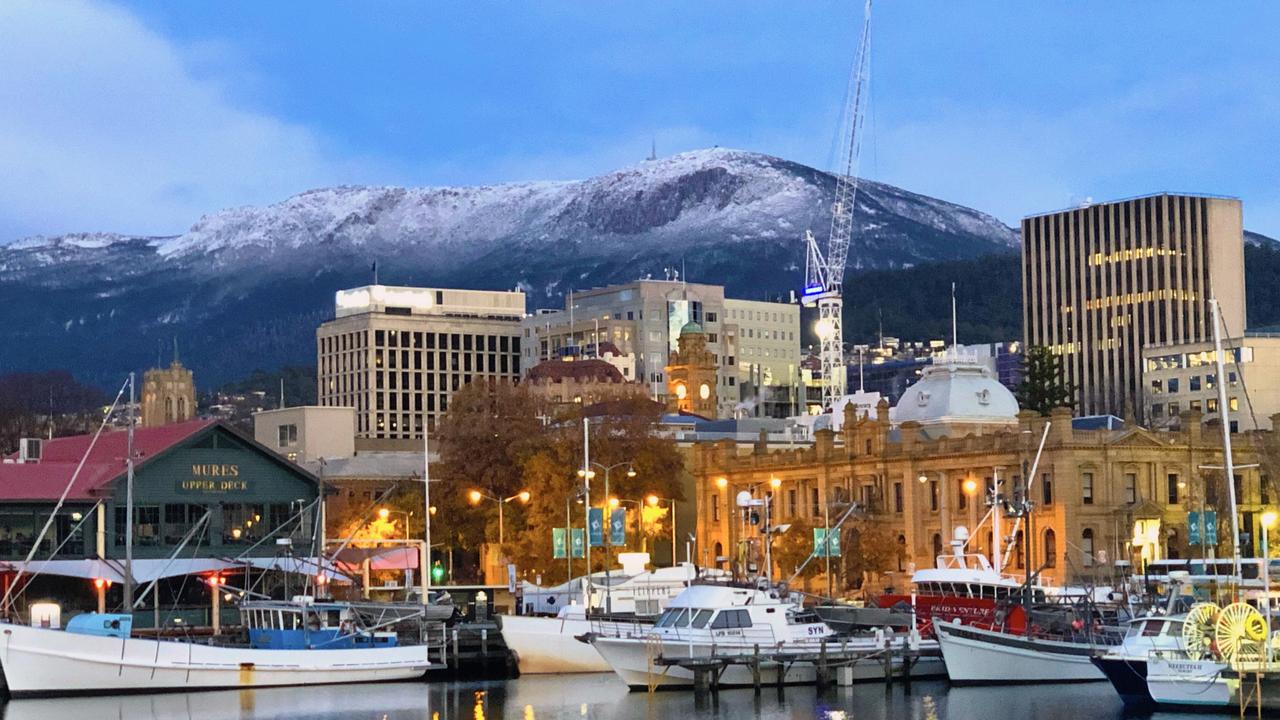In Australia, we’ve got our seasons all wrong
Spring has sprung, but given our seasons are based on the European climate, it could be time to ditch them for something more Australian.
It’s the beginning of September and the start of the spring season. Or is it? Depending on where you live in Australia, it could well be the beginning of Ngoonungi or Kambarang. Or, if you live in Adelaide, you’re still seeing out the chilly Kudlila season.
There’s a whole raft of Indigenous definitions for seasons, and they might make more sense than sticking to the famous four.
Some Aboriginal and Torres Strait Islander (ATSI) communities divide the year into six weather periods and some into a mere two. The Tiwi country, off the coast of northern Australia, has three main seasons and no less than thirteen minor seasons.
“The four seasons in the Australian calendar are based on the northern hemisphere climate and do not adequately account for the diversity of weather and climate across Australia,” the Bureau of Meteorology’s ATSI community engagement coordinator Tammy Hunter told news.com.au.
“Northern Australia's wet season does not fit in with any of these seasons.”
RELATED: ‘Polar opposite' change to Australia’s weather due

Ms Hunter, from the Wurundjeri community in Melbourne, said there were more than 500 Indigenous groups and each had their own cultural knowledge on the weather and climate which was specific to their location and historical experience
“Traditional culture and spirituality also play a large role in the development of Indigenous weather knowledge,” she said.
“One of the main differences between calendars of ATSI communities are that we don't just include information about the seasons, we include changes in the local environment and make references to animals we might hunt in that season, like fishing.
“Some communities provide cultural information related to that season, for example if we hold important conferences during a particular season.”
The BOM gives a glimpse into the various Aboriginal definitions of the seasons with its Indigenous Weather Knowledge website.
“To the people of D’harawal country (which stretches through Sydney and into the Illawarra) during Marrai’gang, when the cries of the marrai’gang (quoll) seeking his mate can be heard, is the time when the lilly pilly fruit begins to ripen on trees. However, when the lilly-pillies start to fall, it is time to mend the old warm cloaks from the last cold season, or make new ones, and begin the yearly trek to the coastal areas,” the site states.
“This produces a far more intricate and subtle overview of Australia’s climate than the four-season European climate description.”

FIRST AND SECOND SPRING
Looking at D’harawal country we’ve just entered Ngoonungi, one of six annual weather periods.
This lasts until November and is the bridge season between Wiritjirbin, equivalent to the end of deep winter, and the warmer and wetter period of Parra,dowee leading into Christmas.
Ngoonungi is a time when bats are numerous, the waratah blooms and ceremonies take place.
For the Noongar, whose country covers south western Western Australia including Perth, we’re in the midst of Djilba, or first spring, heading towards Kambarang – second spring.
First spring brings wet days and an increase in clear nights and warm days.
Around Adelaide, we’re in the third weather period of the year – Kudlila. For the Kaurna community this roughly equates to winter despite the fact, officially speaking, spring has sprung.

THREE MAJOR SEASONS, 13 MINOR SEASONS
The Yawuru calendar of north western Western Australia has six seasons. These are characterised as: wet, hot, dry, cold, getting warmer and hot with build-up. We’re currently in Wirlburu which is when the days and nights begin to warm.
“For the Tiwi community, it's currently Tyari season known for its heat and high humidity,” said Ms Hunter.
“But the Tiwi community also makes reference to 13 minor seasons and June to September is also known as Pumutingari, a season when the wind flakes the skin.”
Many of the seasons kick off not on a certain date, but rather due to observations of the land and the creatures upon it. So, the next minor season in the Tiwis will be Milikitorinari and that will start when the soles of your feet are burnt by the hot ground.
A later season is characterised by muddy possum tracks after they go foraging at night in the rain.
RELATED: Nino 3.4 – Pacific Ocean patch that could change Australia’s weather

The BOM notes that for the Walabunnba people the call of some birds signals the rainy season. While the flowering of certain plants is often a sign the weather is changing.
European seasons can seem quite different to this, with their rigid start and finish dates whatever the weather or conditions may be at the time.
However the North American term for autumn – fall – is so named because the season after summer was when the leaves fell from the trees.
Given native trees in Australia are mostly evergreens and so the leaves don’t fall at a certain point, this is another sign that the established seasons don’t necessarily marry so well with our climate.
It isn’t just Indigenous Australia that eschews the more usual seasons. In the Hindu calendar there are six seasons with winter split into and early and late and an additional monsoon season. Spring is known as Vasanta.
So enjoy Ngoonungi and Kambarang. Or if you’re in Katherine in the build up to the wet it’s Jungalk. And if you’re in and around the Grampians of Victoria and the bush has burst into life and the weather is tempestuous as the days warm, welcome to Petyan.




